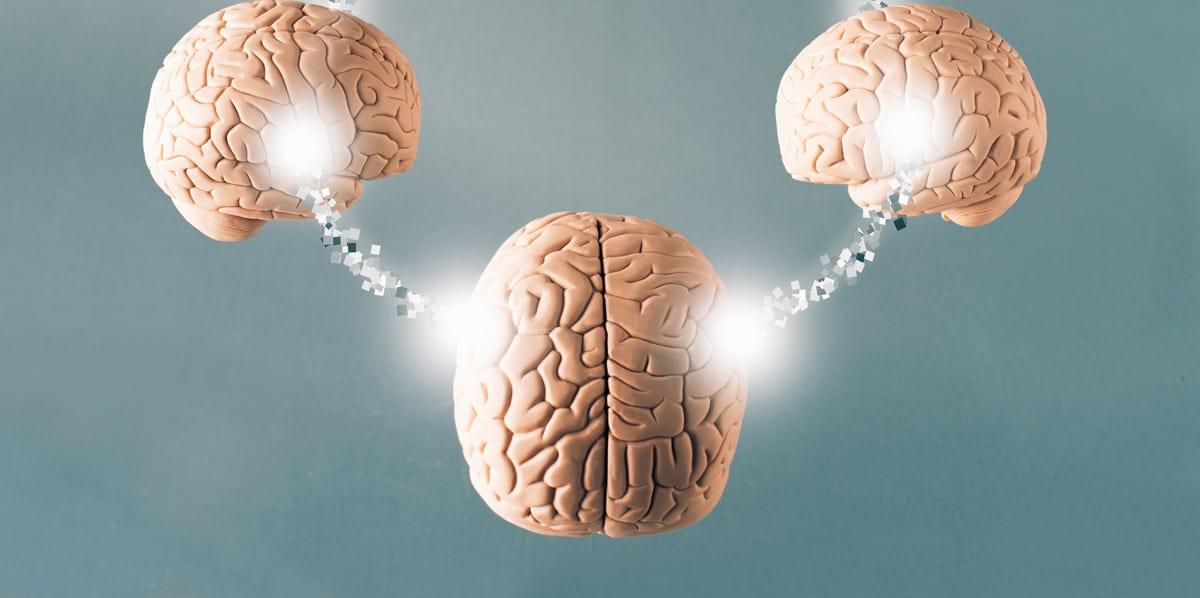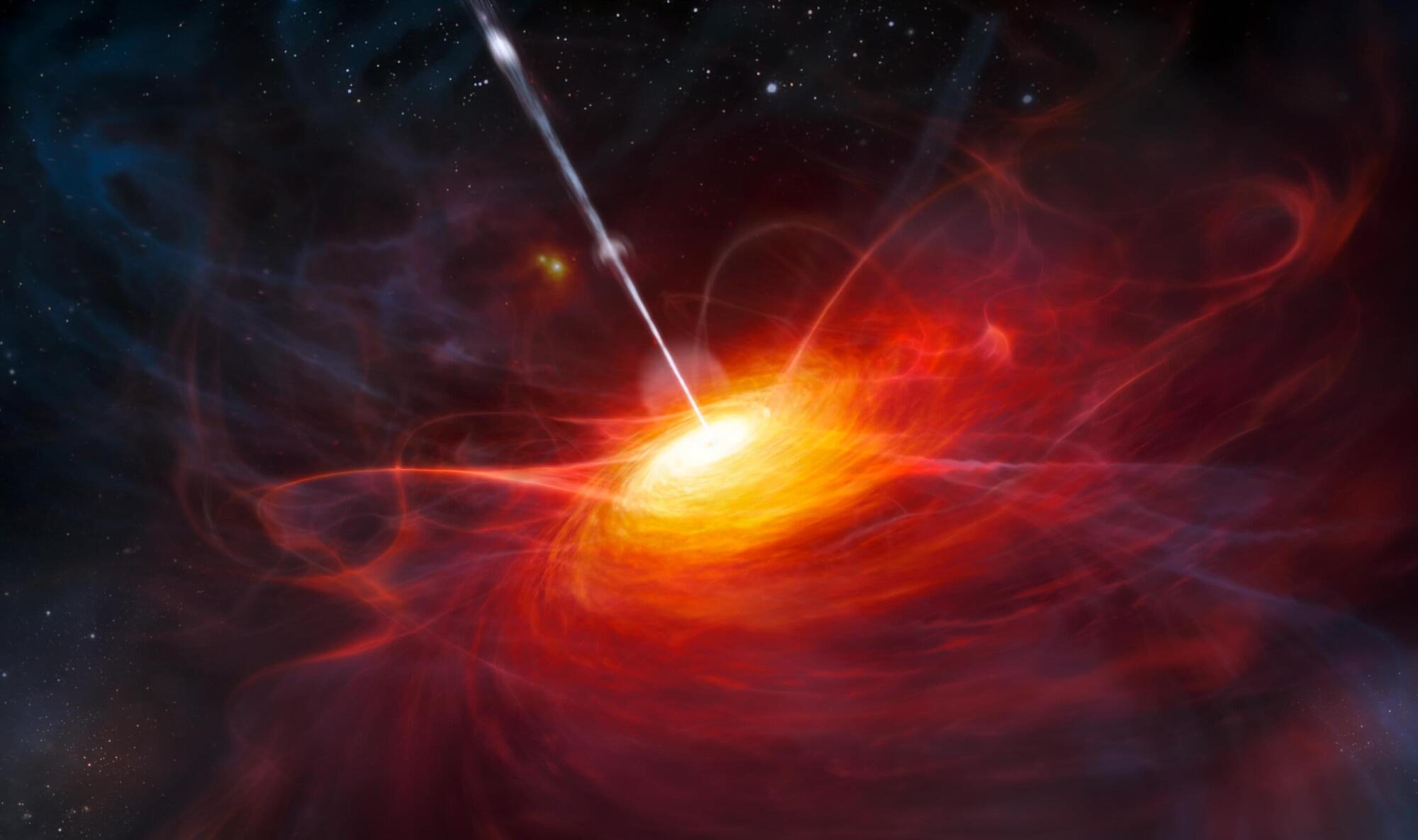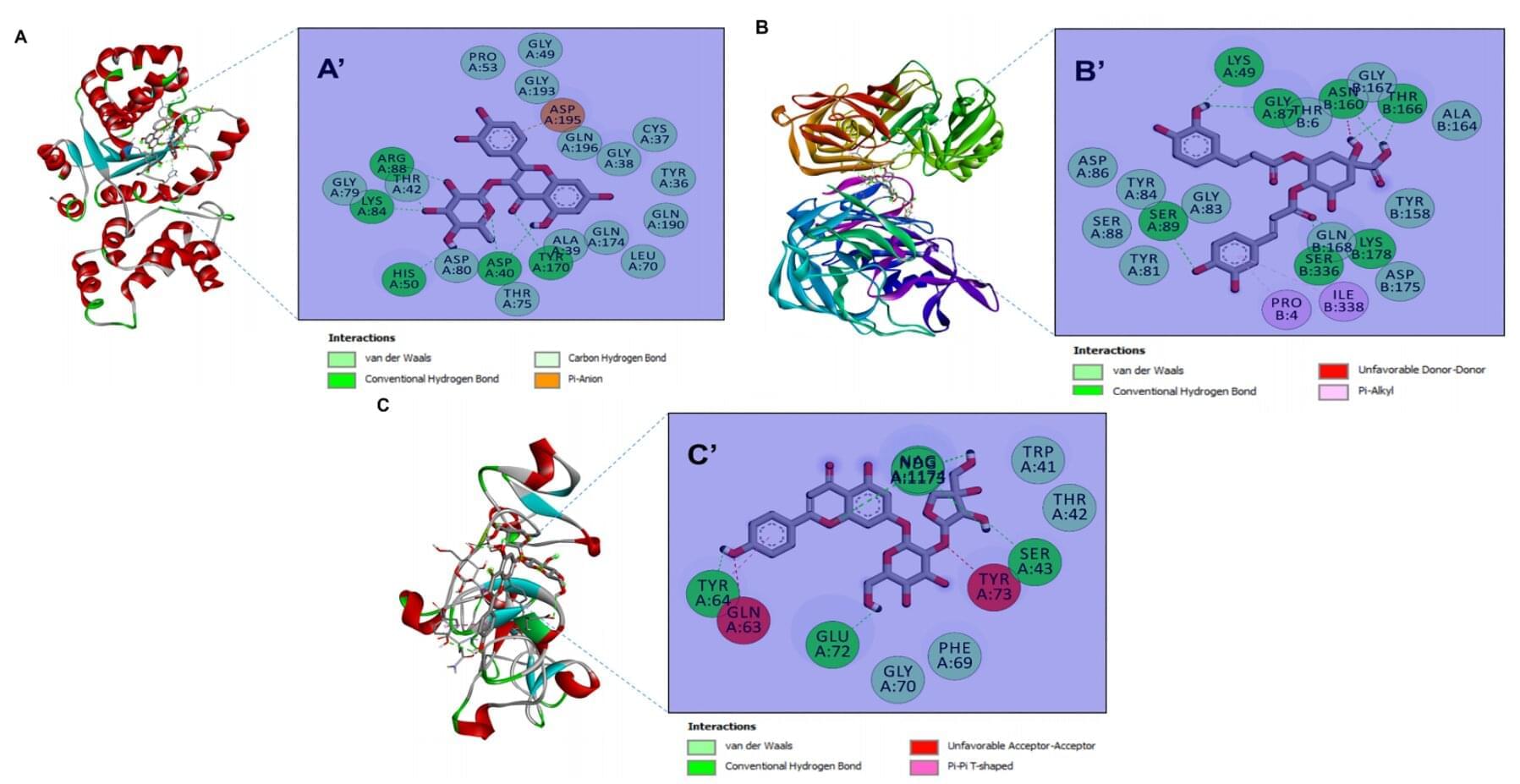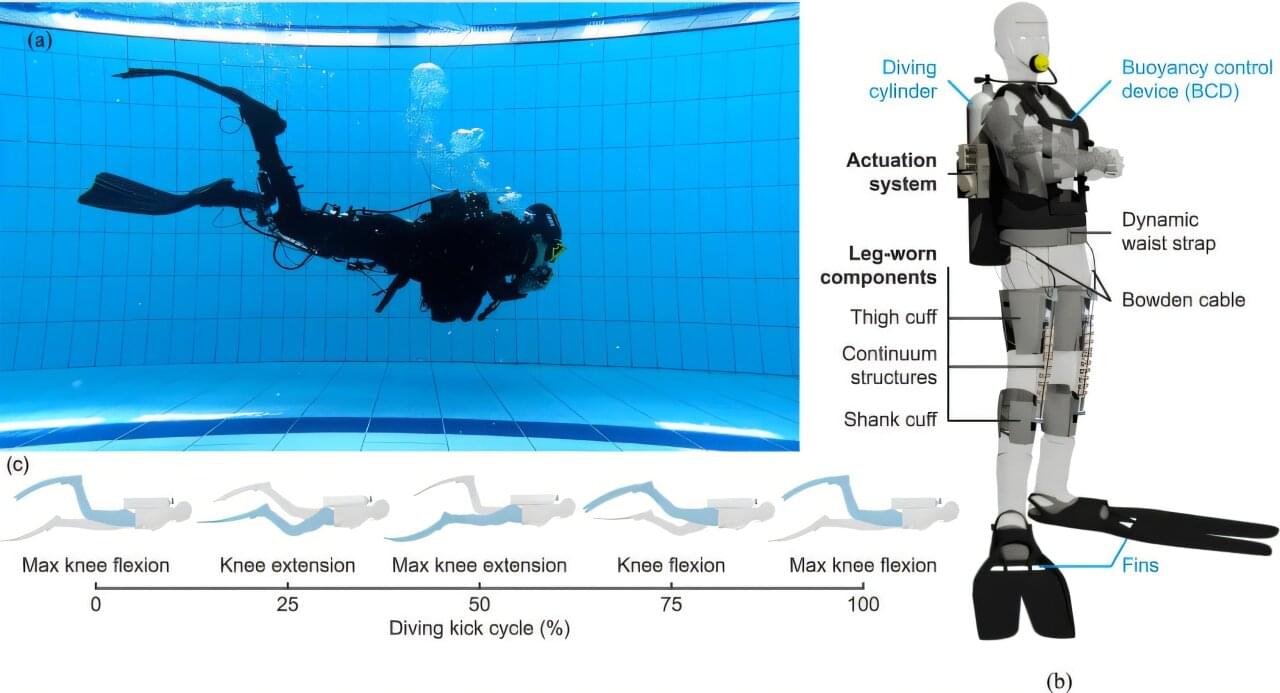“It’s not a Jedi mind trick,” he writes in a statement. “This is what communication is. It is what humans do best, and it’s unique and amazing.”
Hasson argues that his research shows communication is really “a single act performed by two brains.” He believes that all brains naturally couple with the outside world, reacting to whatever stimuli we’re bombarded with. What makes humans different is our ability to couple without stimuli, according to Hasson. For example, if you show two monkeys a banana, their brains would likely react the same way, and the same goes for humans. However, if someone says the word banana to you, both you and the speaker would understand that you’re referring to the oblong, yellow fruit despite it not being physically present. This is something not all animals can achieve, which is why it’s so exciting for researchers like Hasson.
Studies show that brain synchronization happens in many settings. For instance, researchers found neural coupling can occur during chess matches or collaborative music-making sessions—two activities that require focus and creativity. On the other hand, a 2014 study published in PLUS One found that synchronization can occur during a much more physical activity: kissing. The experiment found heightened inter-brain connection when heterosexual couples were kissing each other’s lips rather than the backs of their hands.









